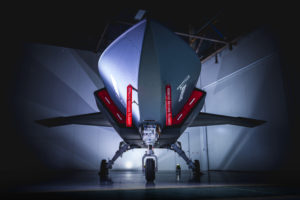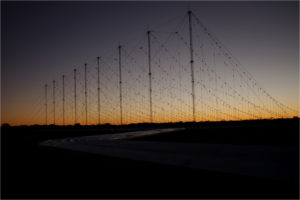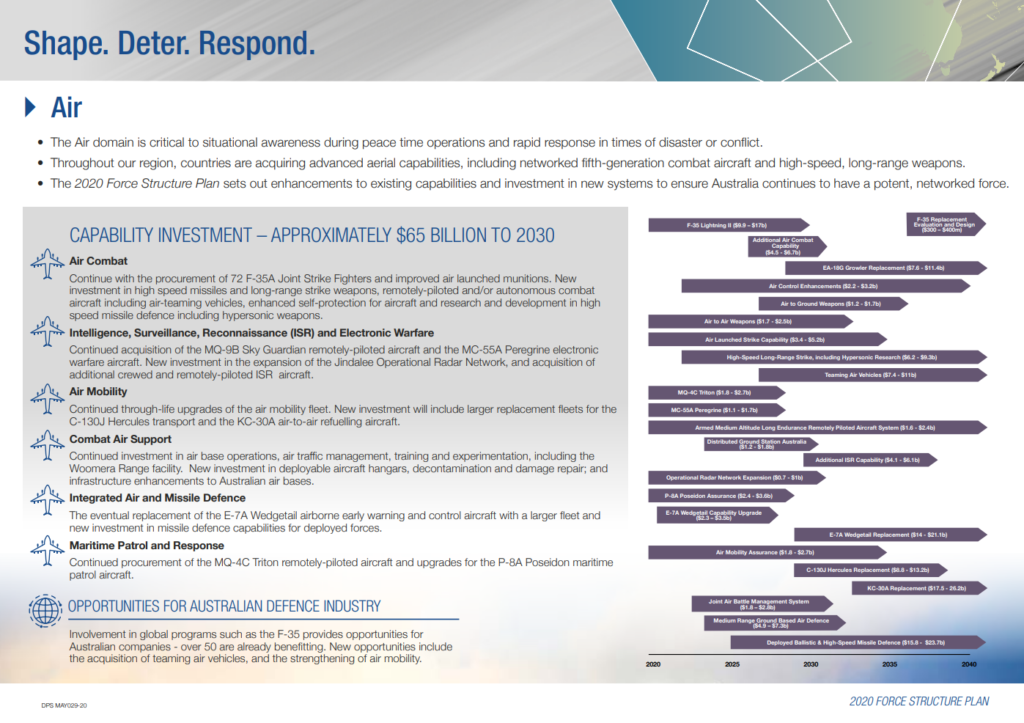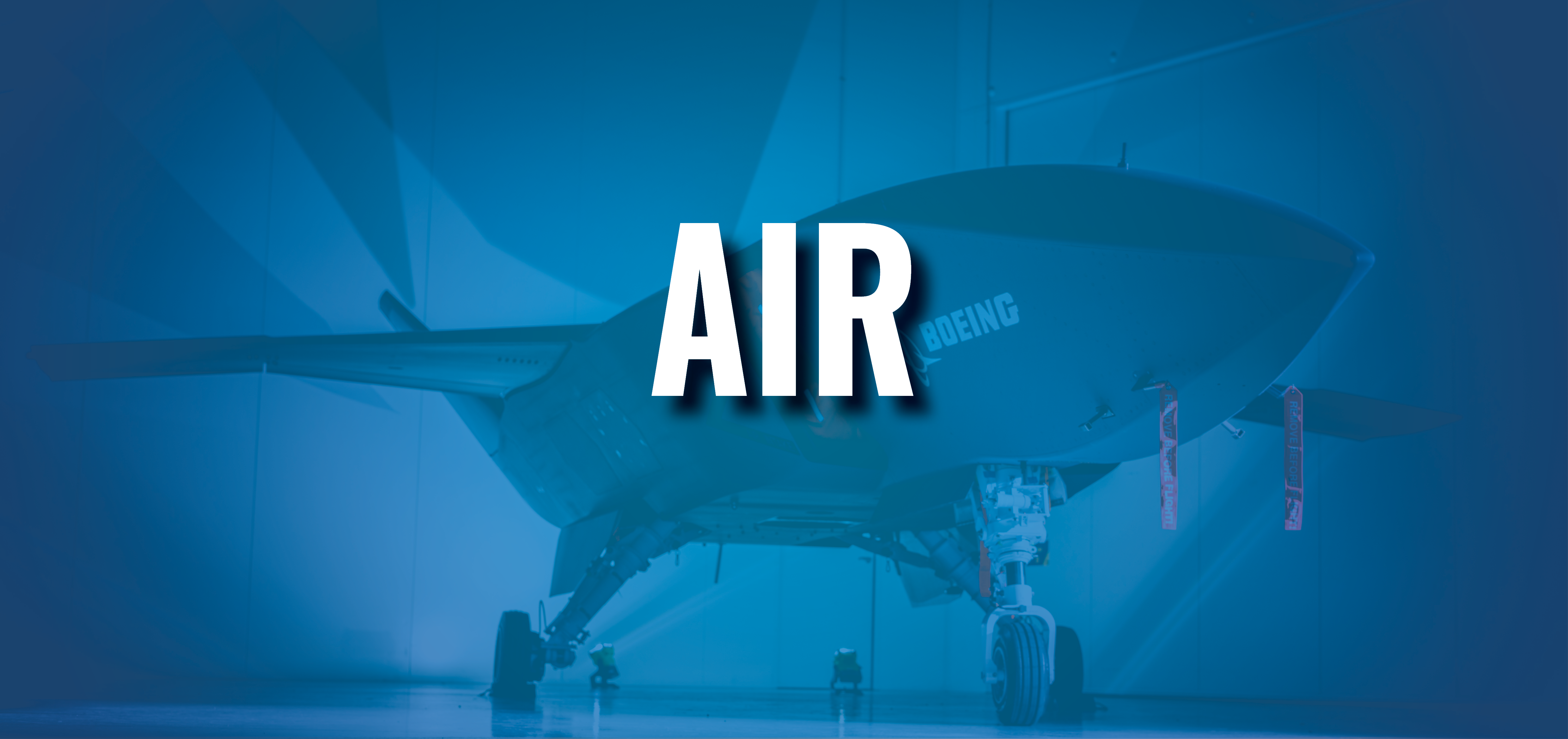The Air domain is critical to situational awareness during peace time operations and rapid response in times of disaster or conflict. Throughout our region, countries are acquiring advanced aerial capabilities, including networked fifth-generation combat aircraft and high-speed, long-range weapons.
The 2016 Defence White Paper outlined the requirement for a potent and technologically advanced strike and air combat capability, supported by airborne early warning and control aircraft and sustained by air-to-air refuelling. The 2016 Defence White Paper also set out planned investments in sophisticated air intelligence, surveillance and reconnaissance systems and air lift.
The 2020 Force Structure Plan sets out the Government’s plans for further enhancements to some existing capabilities and investment in new systems, including remotely piloted and autonomous aerial systems. This will ensure Australia continues to have a potent, networked force able to undertake a wide range of activities across huge distances.

The Government also intends to build on previous commitments with plans for new sophisticated command, control, communications, computers and intelligence systems to fuse information from multiple sources. This, coupled with an expanded Jindalee Operational Radar Network (pictured, below), will enhance Australia’s situational awareness. Government capability investment in the Air domain will total around $65 billion over the next decade. Improved weapon systems, with longer range and greater survivability, will give Defence the capability to deter or defeat attacks as far from Australia as possible. New and existing aircraft will combine with remotely piloted and autonomous systems to provide increased lethality and survivability.

An expansion of the air mobility fleet will improve Defence’s ability to support and project our forces across Australia, the Indo-Pacific and further afield, when required.
Australian companies are also taking advantages of the opportunities through involvement in global programs as well as the development of autonomous air combat capabilities such as the Loyal Wingman program (pictured, above), and the strengthening of air mobility.


